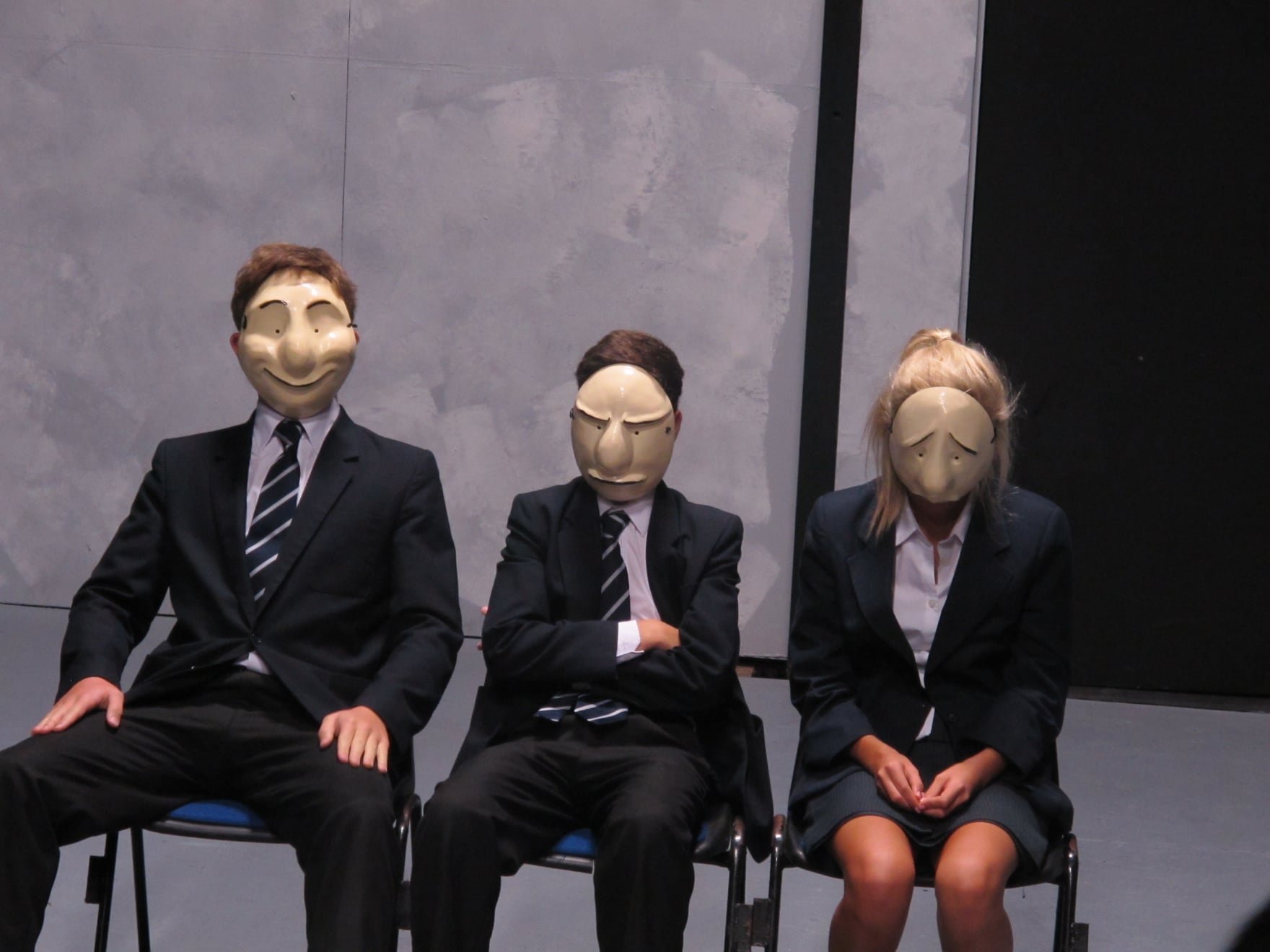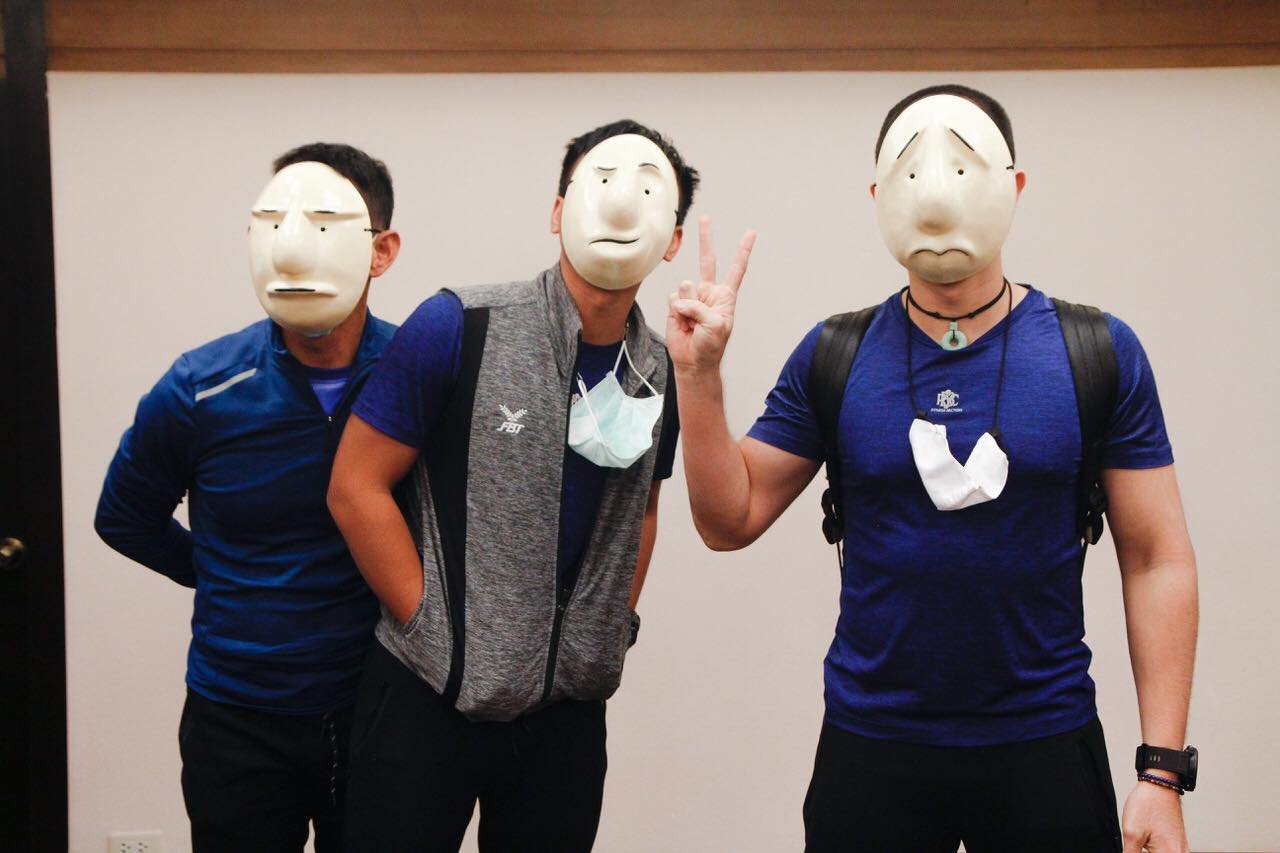
Body Language
Given 80% of communication is non-verbal, it is crucial one understands one’s own body language in order not to misread or misrepresent. Alisa’s 3-level body language trainings for both trainers and senior executives have proven to be beneficial in understanding how to enhance communication and interactions, resulting in building meaningful personal and business relationships.
Body Language Train the Trainer
Basic Level
-
Ability to provide guidance on the importance of body language for effective communication; to enhance self-development, build relationships in both personal and social settings.
Ability to explain the meanings of body language used in expressing feelings and emotions, ensuring that communication aligns with one’s intentions.
Ability to advise on the use of body language that reflects one’s personality as perceived by others.
Ability to offer guidance on the basic interpretation of facial expressions in combination with body language.
Ability to provide recommendations on how to build confidence through body language.
Ability to give advice on personal space.
-
I. Body Language Definition & the Human Evolution.
II. Body Language in Communication.
III. Common Misunderstandings about Body Language.
IV. Body Language: What/Where to look and the meanings.
The Face: Facial Expression Basics
7 Universal Facial Expressions
Facial Expressions & Emotions
Facial Expression Triggers
Still Face Experiment
The Body:
Posture
Arms
Upper Body
Head Direction
Eye Direction
Lower Body
Legs
Feet
V. Proxemics/Personal Space:
For friends/family
For business
For strangers
VI. Body Language: How to become likeable.
Confidence through Body Language
Credibility through Body Language
Approachability through Body Language
VII. The Final Assessment: Body Language Analysis
*Training conducted through video analysis, group exercise and group discussions.
Body Language Train the Trainer
Corporate Training Level
-
Ability to provide trainings by coaching and guiding employees regarding the importance of body language in communication both with internal team members and clients, highlighting both the positive and negative aspects/impact of body language used.
Ability to explain the meanings of body language used in expressing feelings and emotions, and how to adapt to different situations, ensuring that communication is aligned with one’s intentions resulting in effective collaborations.
Ability to advise on the appropriate use of body language in various situations, such as:
a. Client Meetings
b. Zoom Meetings
c. Job Interviews
d. Presentations
e. Networking Events
4. Ability to give advice on body language for online meetings (Microsoft, Zoom, etc.)
-
I. Body Language in Interactions.
II. Body Language in Relationship Building.
III. Common misunderstandings about body language at work.
IV. Body Language at work:
Body Language in Client Meetings
How to greet clients.
How to introduce yourself.
How to introduce your team.
How to sit/Where to sit.
Building rapport with your clients.
Showing confidence with your body language.
Showing interest with your body language.
How to take complaints from clients.
Body language for difficult discussions.
Body Language in online meetings
How to connect with others.
How to sit and position yourself in order to communicate effectively.
How to use hand gestures.
Dos and Don’ts when meeting online.
Body Language in Job Interviews
How to introduce yourself.
How to arrange seatings for the interview.
How to break the ice.
How to make candidates feel at ease.
Body Language when presenting
How to introduce yourself.
How to break the ice.
Where to stand.
How to sit when presenting.
How to take questions with confidence.
Body Language at networking events
How to introduce yourself.
How to build confidence when networking.
How to start a conversation.
How to end a conversation.
How to use your body language to signal your wish to move on
*Training conducted through video analysis, group exercise and group discussions.
Body Language Train the Trainer
Expert Level: Reading People & Lie Detection
-
Common misunderstandings about how to read people and detecting lies.
Ability to Speed-Read or making snap judgements about people.
Ability to read people based on their body shape.
Ability to read people based on the use of their efforts and shapes.
Ability to provide guidance on reading people for coaching, interviews, and negotiations on an in-depth level.
Reading people for lie detection/credibility assessment.
-
I. The Approach vs Avoidance Theory.
II. Common mistakes about reading people.
III. Reading People for Interactions & Relationship Building.
IV. How to “Speed-Read” - Reading People for personality clues through:
Body Shape
Rigid Body Shape
Dense Body Shape
Swollen Body Shape
Collapsed Body Shape
Impression management – understand the impression management concept or how one manages how they wished to be perceived by others.
Body Language of approach or avoidance
Eye Contact
Smile
Posture
Effort & Shapes
V. How to avoid “Biases” in reading people.
VI. Reading the Face: How to read Micro-Expressions
VII. Reading People for Interviews and Coaching
How to break the ice.
How to use your body language to set the tone.
How to set seating arrangements.
How to set up an interview.
How to avoid falling for the “Halo Effect”.
Reading People for Coaching/Mentoring.
VIII. Reading People for Negotiations
Eye Contact
Posture
The Body
The Hands
The Body Movement
*Training conducted through video analysis, group exercise and group discussions.
Body Language
Drama Masks Exercise
Handshake Protocol
Importance of Body Language



